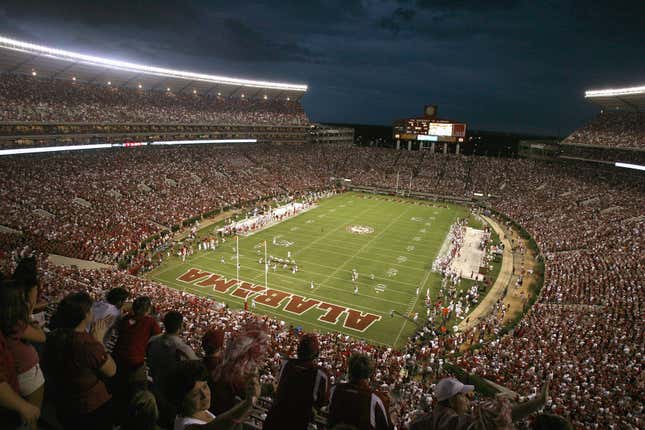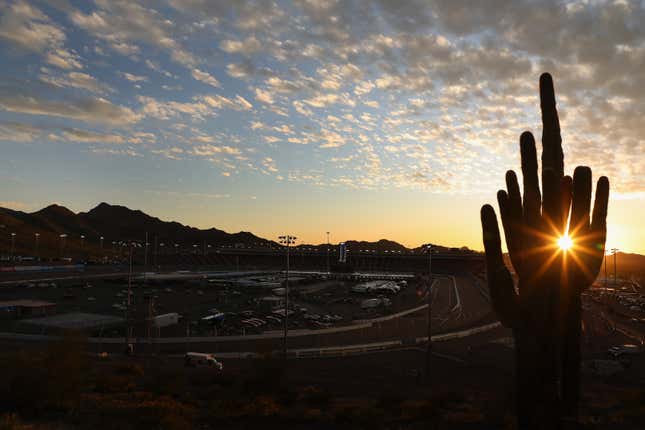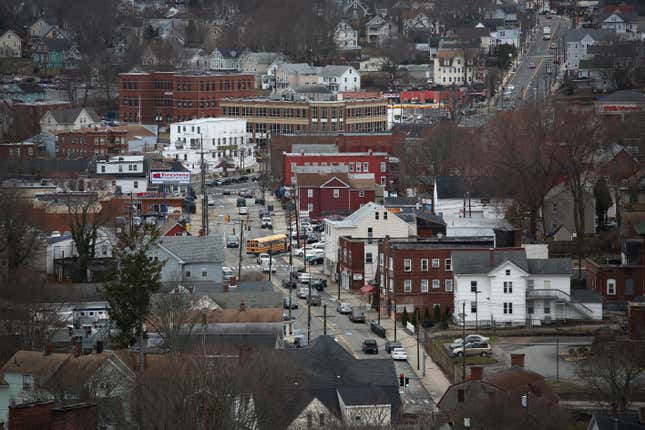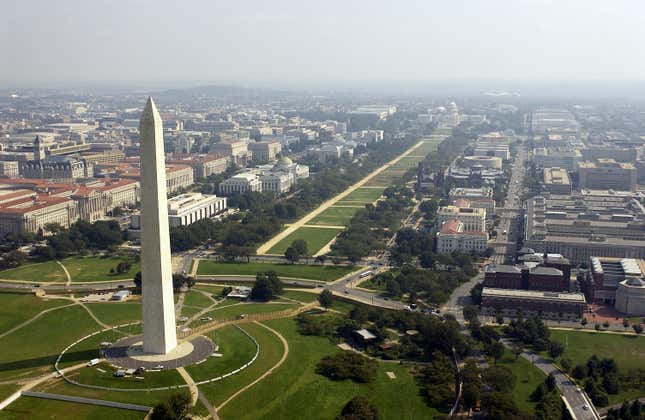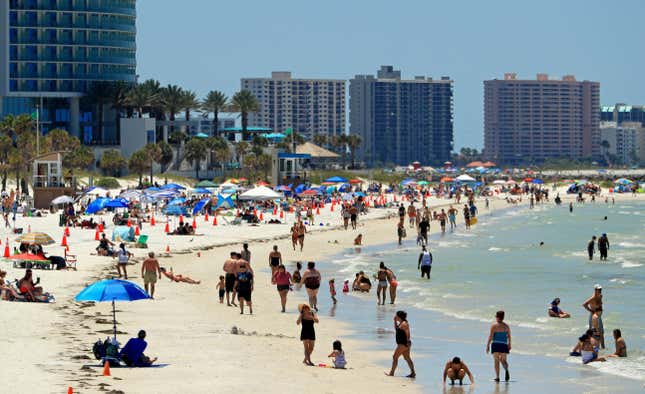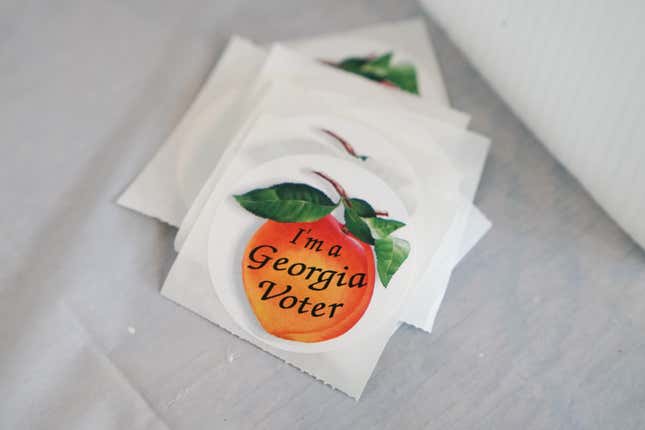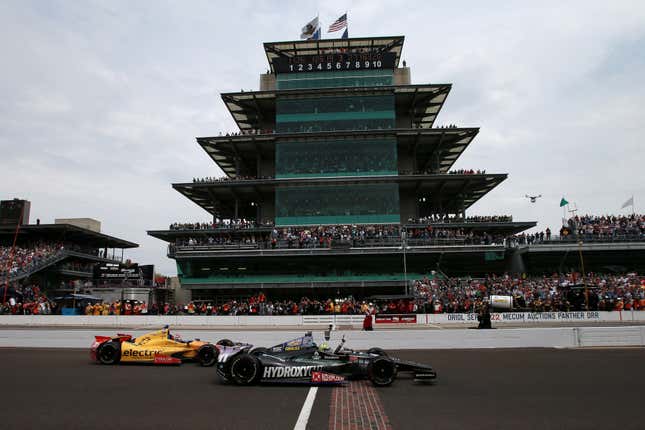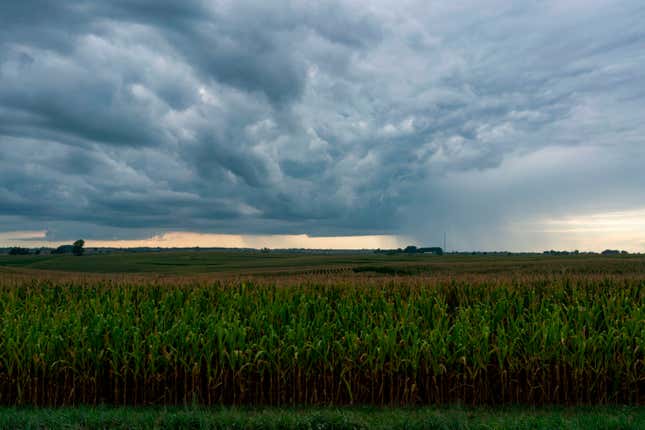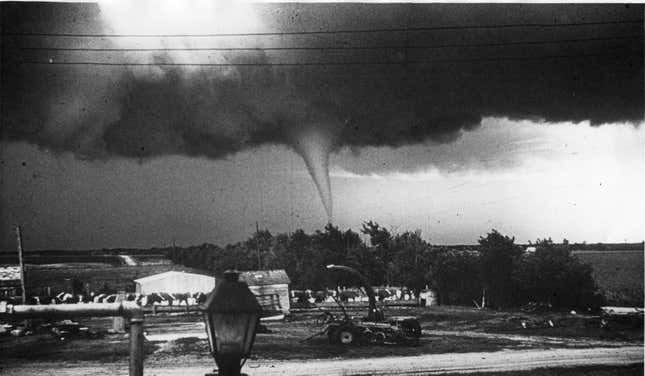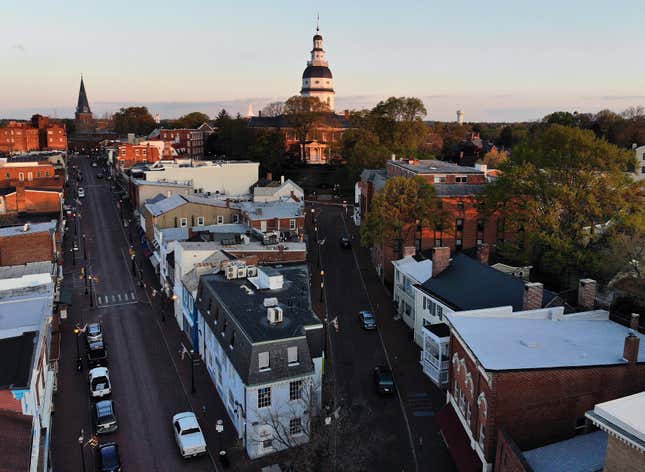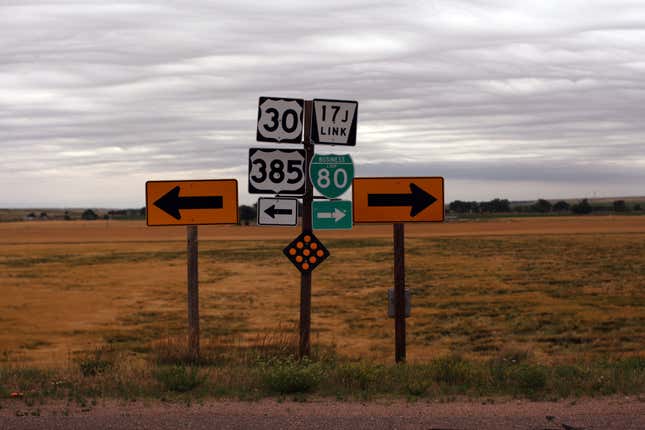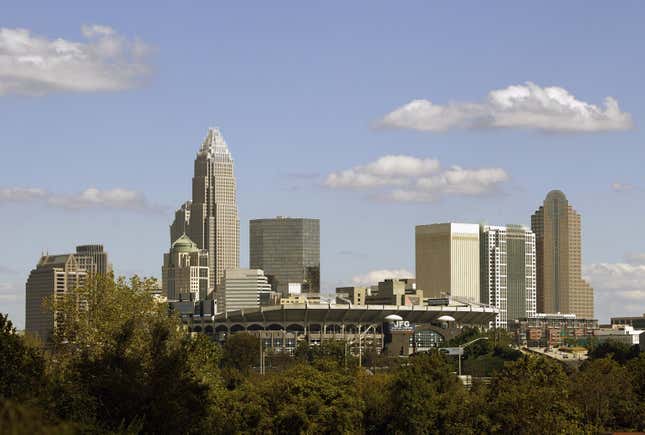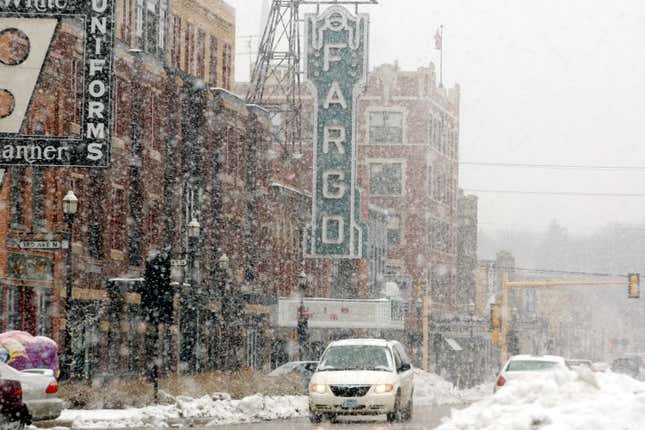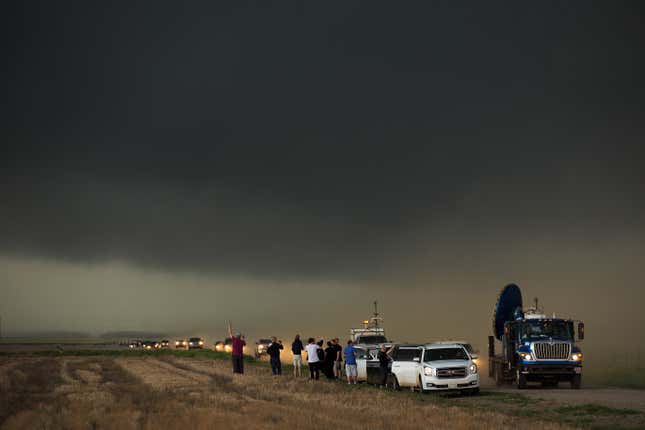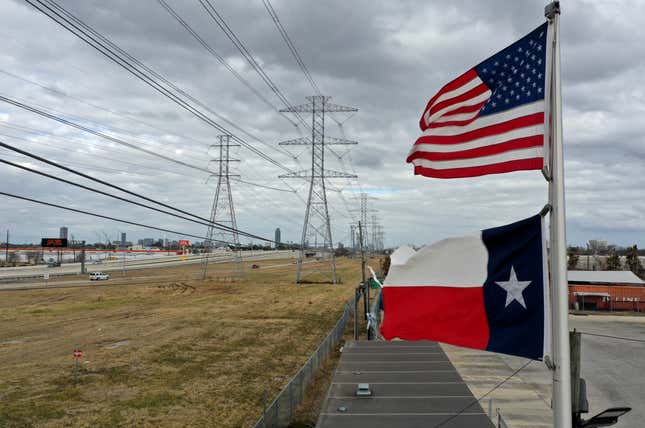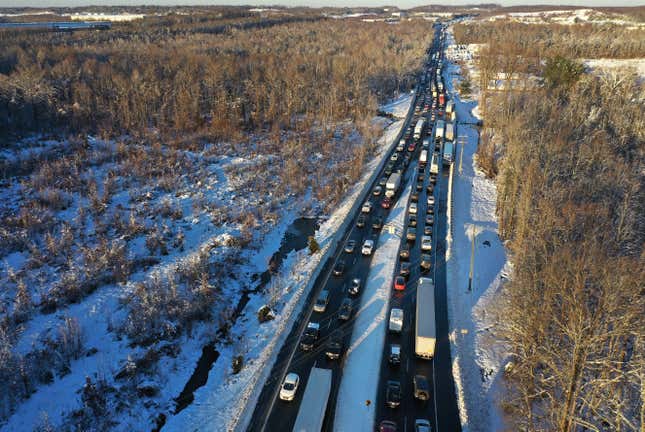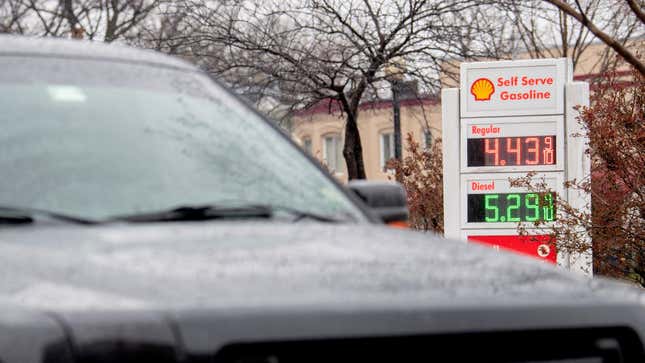
With gas prices skyrocketing around the world and hitting record-breaking highs in the United States, you wouldn’t be alone if you were wondering how, exactly, prices are set where you live. Especially if you’re filling up your tank with $7 per gallon gasoline, wondering why people out in Texas are complaining about their $4.50 per gallon prices.
While there are a quite a few people in this country that firmly believe prices are raised or lowered based on the President’s daily whims, it’s more complicated than that. The overall price is generally dictated by the economic laws of supply and demand, which puts a price point on a barrel of crude oil. In today’s world, where our oil supply has been disturbed by ongoing conflicts, demand for oil is outweighing supply, which makes each gallon of gasoline you purchase more expensive.
But the economics of state-by-state changes can be a little more obscure if you aren’t familiar with all the politics that go into determining the price of gasoline. We’re talking taxes, refining costs, regional concerns, distribution, and marketing — all of which vary on a state-by-state level.
According to the U.S. Energy Information Administration, roughly 43 percent of the cost of a gallon of gas is the crude oil itself. Another 22 percent comes from federal and state tax, 25 percent goes to refining costs, and 10 percent to distribution and marketing. Those numbers vary state by state as well.
Today, we’re going to walk you through all those external factors that add up at the pump in your state.
